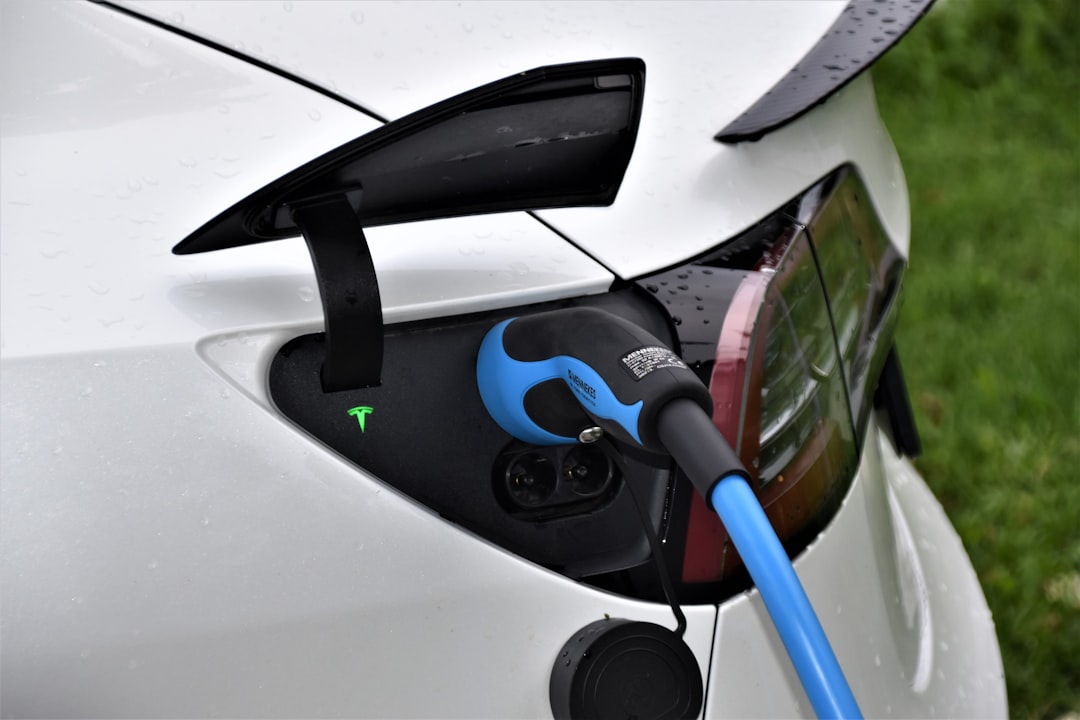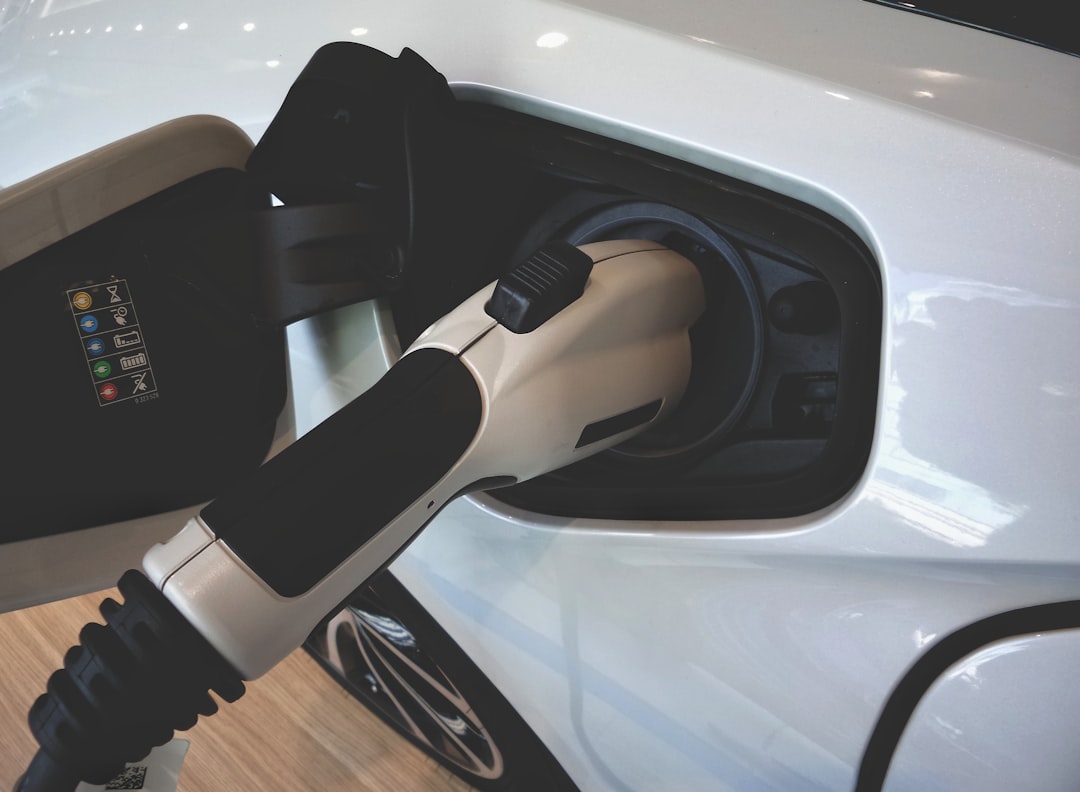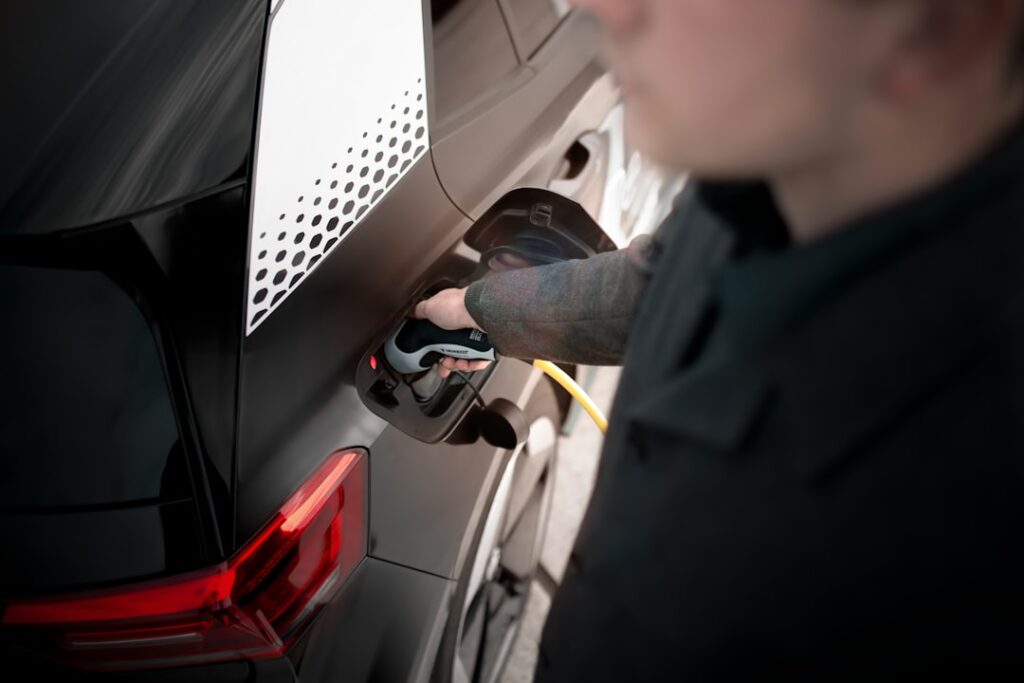An overview of the importance of quick electric vehicle charging, the types of fast charging technologies available, the impact on EV battery life, future developments in EV charging infrastructure, key players in the EV charging industry, and innovations in EV charging technology.

Introduction to Quick Electric Vehicle Charging
Quick charging is paramount in the realm of electric vehicles (EVs) as it tackles significant hurdles such as range anxiety and prolonged charging durations, thereby rendering EVs more feasible for everyday commuting. The evolution of quick charging technology has not only improved the effectiveness and availability of EV charging infrastructure but has also propelled the expansion of the electric mobility industry, fostering sustainability and innovation. Noteworthy players like Electrify America and EVgo have emerged as pivotal entities in furnishing efficient and trustworthy charging services to EV users, contributing substantially to the seamless integration of EVs into the transportation landscape [2, 4].
Quick charging has revolutionized the EV landscape by offering practical solutions to common concerns faced by EV owners, such as charging speed and accessibility. For instance, the introduction of ultra-fast chargers with power outputs up to 350 kW has set new benchmarks in ultra-fast charging capabilities, catering to the requirements of heavy-duty electric vehicles and enhancing the overall charging experience for users. Additionally, the advent of Extreme Fast Chargers (XFC) equipped with high-power chargers represents a groundbreaking innovation in drastically reducing charging times, making quick charging not just a convenience but a transformative element in the EV ecosystem. These technological advancements underscore the significance of quick charging in shaping a more sustainable and efficient future for electric mobility, driving the transition towards cleaner transportation alternatives.
 Types of Fast Charging Technologies
Types of Fast Charging Technologies
Fast charging technologies have evolved to meet the diverse needs of electric vehicle users. In the realm of home charging, AC Level 1 chargers provide a convenient option for overnight charging, catering to a gradual replenishment of the vehicle’s battery. For those seeking a moderate charging pace, Level 2 chargers offer a balance between speed and practicality, ideal for daily charging routines without the urgency of rapid refueling. On the other end of the spectrum, DC fast chargers such as Tesla Superchargers are designed for swift on-the-go charging, addressing the time constraints of long journeys or busy schedules.
Furthermore, the advent of ultra-fast chargers delivering power outputs of up to 350 kW has transformed the landscape of EV charging, ushering in a new era of rapid charging capabilities for heavy-duty electric vehicles. These high-powered chargers not only reduce charging durations significantly but also enhance the overall convenience and accessibility of quick charging solutions for EV owners. Additionally, the introduction of Extreme Fast Chargers (XFC) with cutting-edge high-power chargers represents a groundbreaking leap in quick charging technology, pushing the boundaries of efficiency and speed to make fast charging even more efficient and user-friendly. Such innovations underscore the continuous efforts within the industry to enhance the charging experience and facilitate the widespread adoption of electric vehicles.
Impact of Quick Charging on EV Battery Life
Quick charging technology has significantly evolved to prioritize enhancing electrolyte transport, allowing for faster charging speeds while maintaining the health of the battery. By focusing on improving the movement of electrolytes within the battery, manufacturers can offer quick charging solutions without compromising the overall longevity and performance of electric vehicle (EV) batteries. For instance, advancements in macrohomogeneous models for lithium transport and microstructure models for electrode analysis have played a crucial role in optimizing quick charging processes.
Moreover, following manufacturer recommendations is essential to maximize the lifespan and efficiency of EV batteries. By adhering to guidelines that promote moderate driving habits and regularly updating software, EV owners can ensure that their batteries operate optimally over an extended period. For example, software updates can help manage battery charging and discharging processes more effectively, contributing to prolonged battery life. Additionally, charging EV batteries to 80% capacity, instead of opting for a full charge, is a practical tip that can positively impact battery longevity and overall performance. This approach helps reduce stress on the battery cells, mitigating potential degradation issues associated with frequent full charges.
 Future Developments in EV Charging Infrastructure
Future Developments in EV Charging Infrastructure
As the electric vehicle (EV) market continues to expand, future developments in EV charging infrastructure are crucial for sustaining this growth. Government initiatives, such as funding programs and tax credits, are playing a significant role in accelerating the establishment of EV charging networks worldwide. These initiatives not only incentivize the expansion of charging infrastructure but also aim to make EV charging more convenient and accessible for drivers.
Moreover, collaborations between governments, private charging network companies, and automakers are shaping the future of EV charging. By working together, these stakeholders are paving the way for innovations in charging technology and infrastructure. For instance, partnerships like the one between General Motors and EVgo have led to the installation of thousands of fast chargers in key metropolitan areas, ensuring that EV owners have reliable charging solutions. These collaborations are not only expanding the reach of charging networks but also promoting the adoption of electric vehicles on a larger scale.
Furthermore, advancements in technology are propelling the evolution of EV charging infrastructure. The development of faster charging speeds and the increased availability of DC fast chargers are making charging more efficient and reducing the time needed for EV owners to recharge their vehicles. Additionally, the focus on enhanced interoperability in EV charging networks is streamlining the charging process for drivers, regardless of the brand of their electric vehicle. These technological advancements are not only making electric mobility more practical but also setting the stage for a future where EVs are the norm rather than the exception.
Key Players in the EV Charging Industry
In the realm of electric vehicle charging, key players like Electrify America and EVgo are revolutionizing the landscape by providing innovative solutions to enhance the EV charging experience. Electrify America stands out as a trailblazer, boasting the largest public fast charging network in the United States. This network not only offers quick charging sessions but also ensures that electric vehicle owners can charge their vehicles in as little as 30 minutes, making it convenient and efficient for drivers on the go.
On the other hand, EVgo has been making substantial strides in the EV charging industry through strategic collaborations with major automakers such as General Motors. By working together, EVgo and General Motors have successfully installed thousands of fast chargers in crucial metropolitan areas. These efforts are pivotal in supporting the transition to electric mobility and fostering a sustainable future for transportation.
Furthermore, industry leaders like EVgo, along with organizations like Plug In America, and renowned automakers including Ford and GM, play a vital role in the expansion of EV charging infrastructure. Their collective efforts are crucial in promoting the widespread adoption of electric vehicles by making charging stations more accessible, reliable, and efficient. By investing in cutting-edge technology and sustainable practices, these key players are driving the electric vehicle industry forward and shaping the future of transportation.
Innovations in EV Charging Technology
Innovations in EV charging technology are continuously reshaping the landscape of electric mobility. One groundbreaking advancement is bidirectional charging, also known as Vehicle-to-Grid (V2G) technology. V2G technology allows electric vehicles not only to draw power from the grid but also to feed electricity back into it. This bidirectional flow of energy enables EVs to act as mobile energy storage units, enhancing grid stability during peak demand periods and promoting energy efficiency. For instance, when EVs are parked and plugged in, surplus energy stored in their batteries can be sent back to the grid, reducing strain during high electricity consumption times.
Another remarkable development is wireless charging technology, which is revolutionizing the charging experience for electric vehicle owners. By eliminating the need for physical cables, wireless charging offers a convenient and hassle-free way to power up EVs. This technology enables users to recharge their vehicles simply by parking over a charging pad, without the inconvenience of handling cords or plugs. This seamless charging solution not only enhances user experience but also contributes to a cleaner and more organized charging environment, promoting the widespread adoption of electric vehicles.
Furthermore, dynamic charging solutions represent a futuristic approach to EV charging infrastructure. By embedding charging equipment beneath road surfaces, dynamic charging allows electric vehicles to charge while in motion. This innovation eliminates range limitations, enabling continuous long-distance travel without the need for frequent stops to recharge. Imagine driving on a highway where your electric vehicle replenishes its battery as you travel, offering a seamless and uninterrupted journey. Dynamic charging not only enhances the practicality of electric vehicles but also opens up new possibilities for sustainable transportation systems of the future.
 Conclusion on Quick Electric Vehicle Charging
Conclusion on Quick Electric Vehicle Charging
Quick electric vehicle charging is a pivotal factor in the increased acceptance and integration of electric vehicles into everyday life. By significantly reducing charging times and alleviating concerns such as range anxiety, quick charging technology is instrumental in making electric vehicles a more viable choice for consumers. For instance, with advancements in fast charging networks like Electrify America and EVgo, drivers can now charge their vehicles in as little as 30 minutes, providing a level of convenience that was previously unavailable [2, 4].
Moreover, the evolution of EV charging technology and infrastructure is transforming the landscape of electric mobility. These advancements are not only enhancing the efficiency of charging processes but also contributing to the sustainability and accessibility of electric vehicles. For example, innovations such as bidirectional charging (V2G) and wireless charging are reshaping the way electric vehicles interact with the grid and how users charge their vehicles, offering a glimpse into a future where driving an electric vehicle is seamless and environmentally friendly.
As the electric vehicle market continues to expand and technology progresses, it is essential for consumers to stay informed about the latest developments in fast charging solutions. By exploring the various fast charging options available and keeping up-to-date with the innovations in EV charging technology, individuals can actively participate in the transition towards a greener and more sustainable transportation future. Empowering oneself with knowledge about quick electric vehicle charging not only benefits individual drivers but also contributes to the collective effort of reducing carbon emissions and fostering a cleaner environment for future generations.

